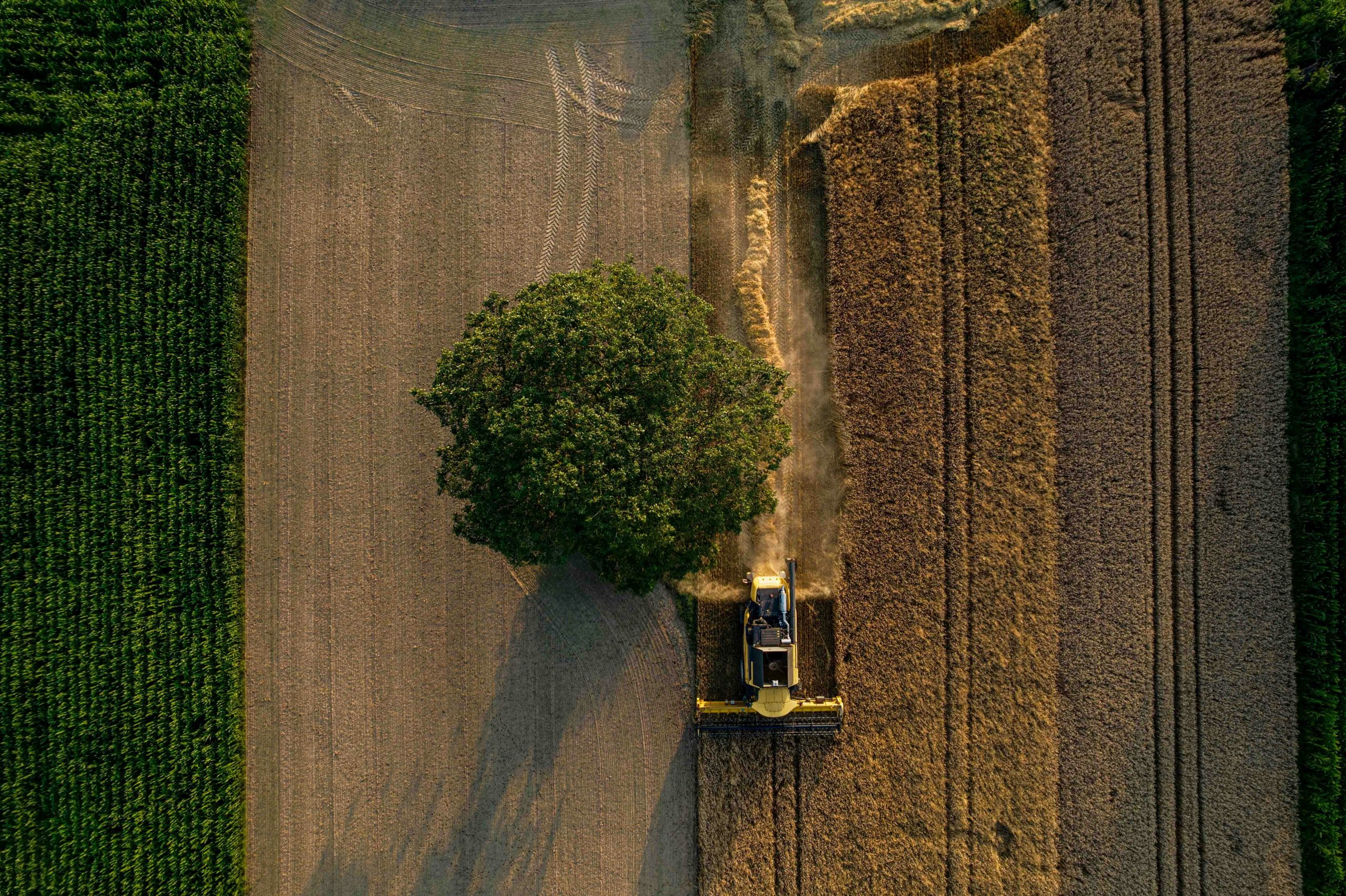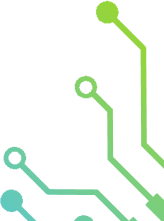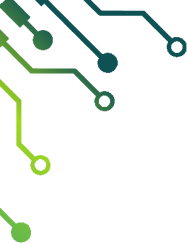
Farming is at the heart of our lives. It provides food, jobs, and a link to the land. But today, farmers face many challenges—climate change, rising costs, and the need to feed a growing population while protecting the planet. New technologies are offering solutions. Artificial intelligence (AI), automation, and renewable energy are working together to make agriculture more sustainable and efficient.
Smarter Decisions with AI
AI can process information from soil sensors, weather stations, and satellite images. This allows farmers to:
- Predict the best time to plant and harvest.
- Spot crop diseases early.
- Use water more carefully by adjusting irrigation to real soil needs.
AI is also helping in animal farming. By monitoring livestock health, it supports better feeding and early treatment of illness, improving both animal welfare and farm productivity.
Automation in the Fields
Robotic tools are reducing the need for heavy manual work. Examples include:
- Autonomous tractors that plant and spray with precision.
- Drones that survey crops and deliver targeted treatments.
- Robotic harvesters that pick fruit at the right time.
These machines can cut labour costs, reduce waste, and lower the impact of farming on the soil.
Powering Farms with Renewable Energy
Energy is central to farming. More farmers are now installing:
- Solar panels, sometimes combined with crops in a system called agrovoltaics.
- Wind turbines, providing power and sometimes extra income.
- Biogas systems, turning manure and crop waste into fuel while cutting methane emissions.
These renewable sources help farms reduce reliance on fossil fuels and become more resilient.
The Benefits of Integration
The biggest impact comes when AI, automation, and renewables are combined. For example:
- AI can plan irrigation and machinery use to match weather conditions.
- Electric tractors or drones can be charged when solar or wind energy is at its peak.
- Precision tools help apply fertilisers only where needed, saving money and protecting biodiversity.
Together, these technologies lower emissions, reduce waste, and improve efficiency.
Challenges to Adoption
Despite the potential, farmers face barriers:
- High upfront investment costs.
- Limited access to training and digital skills.
- Poor internet in rural areas.
- Concerns about who owns and controls farm data.
Governments, research bodies, and communities can help by offering financial support, training programmes, and clear rules for data use.
Looking Ahead
Sustainable farming is not only about technology. It also means adopting regenerative practices that restore soil and protect ecosystems. In the future, AI could help measure soil health, guide biodiversity projects, and manage resources in ways that benefit both farmers and the environment.
By embracing AI, automation, and renewable energy, farms can shift from being part of the climate problem to becoming part of the solution. Agriculture can continue to feed the world—while also protecting the planet for future generations.
Reference to original article;



